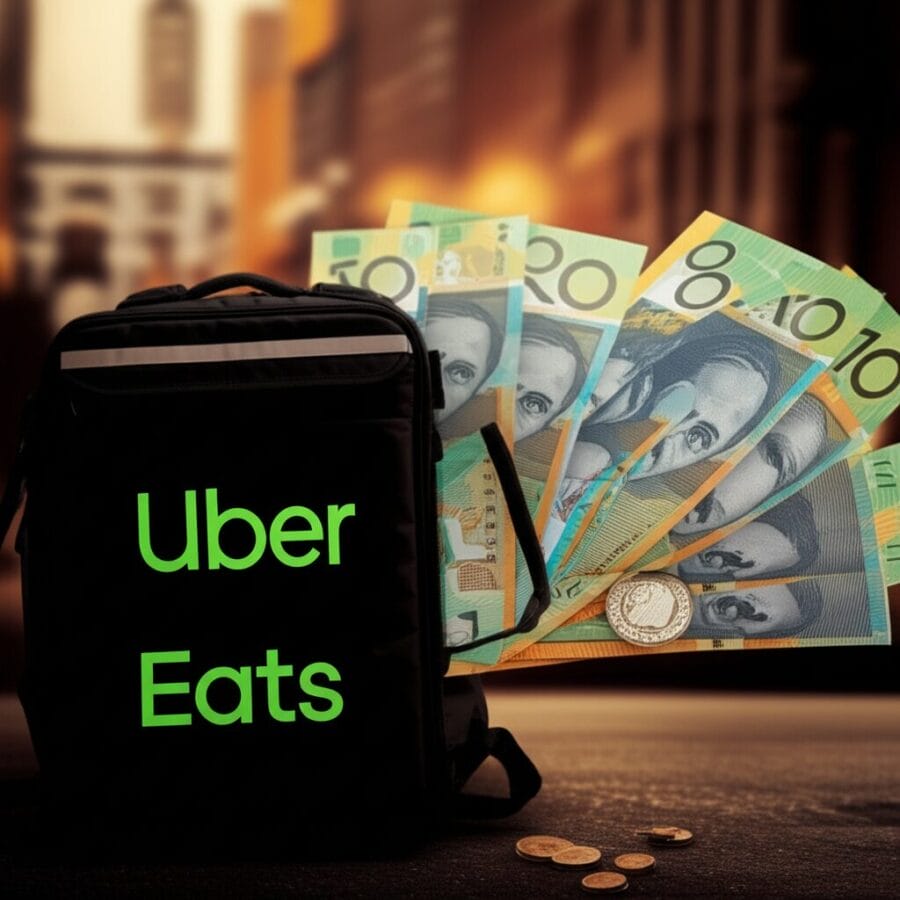When ordering food through Uber Eats, understanding the various charges involved is essential for both customers and restaurant owners. Uber Eats fees Australia can sometimes feel confusing, with different costs added at different stages of the ordering and delivery process. Whether you’re a regular user or a restaurant partner, knowing how these fees work helps you make informed decisions, budget better, and even save money.
What Are Uber Eats Fees Australia?
Uber Eats fees Australia refer to the different charges that apply to orders placed through the platform. These fees typically include delivery charges, service fees, and sometimes small order fees. For restaurant owners, there’s also the delivery commission Australia to consider—this is a percentage of the order value that Uber Eats charges the restaurant for facilitating the order and delivery.
These fees cover several aspects: paying delivery drivers, supporting the app’s infrastructure, customer support, and occasionally marketing efforts to promote certain restaurants. Knowing what each fee means and how it’s calculated can help avoid surprises.
How Delivery Commission Australia Affects Restaurants
One of the biggest considerations for restaurants using Uber Eats is the delivery commission Australia. This commission is the share of the total order price that Uber Eats takes as a fee for their services. Usually, it ranges between 13% and 35%, depending on the agreement and the type of partnership the restaurant has with Uber Eats.
For many restaurants, this commission can significantly affect their profit margins. Smaller independent businesses especially need to keep a close eye on these costs, since high delivery commission rates may cut into their overall earnings. Some restaurants can negotiate commission rates or choose to pay a flat delivery fee instead, which might be better for their bottom line.
Understanding Delivery Costs for Customers
From a customer’s perspective, delivery costs on Uber Eats can vary based on several factors. These delivery fees are separate from the restaurant prices and commissions. Generally, the fee depends on the distance between the restaurant and the delivery address, demand at the time of order, and sometimes the size of the order.
During peak times or busy periods like weekends or public holidays, delivery fees might go up due to “surge pricing.” This happens when there are more orders than available delivery drivers, leading to increased costs. Uber Eats is transparent about these fees before you confirm your order, letting you decide whether to proceed.
Additional Uber Eats Fees Australia Customers Should Know
Apart from delivery fees, Uber Eats might include a small order fee if the total of your food items is below a certain minimum amount. This fee encourages customers to order more and helps cover the costs associated with small deliveries.
There’s also a service fee, usually a percentage of the order subtotal, which supports the running of the app and customer support. This fee is applied regardless of the order size. While these charges may seem minor individually, they add up and can make a noticeable difference on your final bill.
Tips to Save on Restaurant Delivery Costs
If you’re a customer looking to cut down on Uber Eats fees Australia, here are some practical tips:
– Order during off-peak times: Delivery fees tend to be lower when there’s less demand.
– Combine orders: Sharing orders with family or friends to reach minimum order thresholds can avoid small order fees.
– Look for promotions: Uber Eats regularly offers discounts, free delivery, or reduced service fees on certain restaurants or order amounts.
– Pick up your order: Some restaurants allow you to skip delivery and collect your food yourself, removing delivery fees altogether.
For restaurants, managing delivery commission Australia wisely is key. Consider the following strategies:
– Negotiate rates: Talk with Uber Eats about rates that better suit your business size and volume.
– Adjust menu prices: Some restaurants build delivery commission costs into their pricing to maintain profitability.
– Offer in-store specials: Encourage customers to order directly for takeout, bypassing delivery fees entirely.
– Promote own apps or websites: Developing a restaurant’s own delivery system reduces reliance on third parties and cuts commission fees.
The Impact of Uber Eats Fees Australia on the Food Industry
The rise of food delivery apps like Uber Eats has transformed how Australians eat and how restaurants operate. While convenient, these services come with costs that affect both consumers and food businesses.
For many restaurants, the delivery commission Australia is a necessary but challenging expense, especially with tight profit margins already common in the hospitality industry. Some critics argue these fees are too high and reduce the variety of food outlets able to compete. On the other hand, Uber Eats provides a valuable marketing platform and access to thousands of customers who might never visit the restaurant in person.
Customers must also weigh the convenience against the added restaurant delivery costs. Understanding fees upfront encourages smarter ordering choices and helps control spending on food delivery.
Final Thoughts on Navigating Uber Eats Fees Australia
Being aware of Uber Eats fees Australia—whether delivery commissions, customer delivery charges, or service fees—can make a big difference in how you order and run your food business. Customers gain control over spending by understanding where extra costs come from, while restaurants can make strategic decisions to maintain profitability.
In Melbourne, Sydney, Brisbane, or any other city, food delivery is here to stay, but knowing the financial side of it helps everyone get the most out of the service. Keep an eye on fees, explore alternatives, and enjoy the convenience of having your favourite meals delivered without breaking the bank.


Leave a Reply